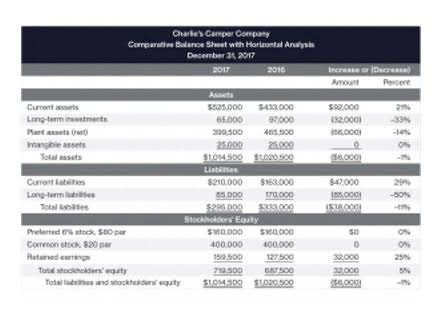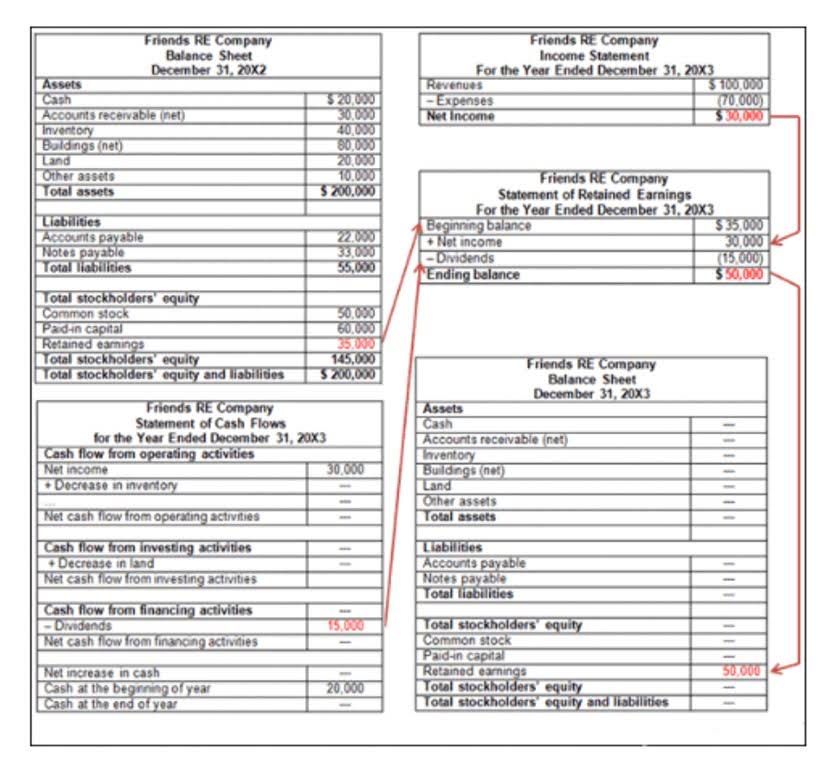The Normal Balance of Accounts Full Guide for 2024
April 11, 2022

This situation could possibly occur with an overpayment to a supplier or an error in recording. normal debit balance examples An expense account is a normal balance asset account that you use to record the expenses incurred by a business. While the normal balance of a liability account or equity account is a debit balance.

Which Accounts Have a Normal Debit Balance? Which Accounts Have a Normal Credit Balance?
- Each of the accounts in a trial balance extracted from the bookkeeping ledgers will either show a debit or a credit balance.
- Ed’s inventory would have an ending debit balance of $40,000 and a debit balance in cash of $15,000.
- Debits and credits seem like they should be 2 of the simplest terms in accounting.
- At the end of the accounting year the balances will be transferred to the owner’s capital account or to a corporation’s retained earnings account.
- One of the fundamental principles in accounting is the concept of a ‘Normal Balance‘.
Since expenses are usually increasing, think “debit” when expenses are incurred. In a T-account, their balances will be on the left side. The Debits and Credits Chart below is a quick reference to show the effects of debits and credits on accounts. The chart shows the normal https://www.bookstime.com/ balance of the account type, and the entry which increases or decreases that balance. A debit records financial information on the left side of each account.
Equity Accounts
- The ending account balance is found by calculating the difference between debits and credits for each account.
- Other examples include (1) the allowance for doubtful accounts, (2) discount on bonds payable, (3) sales returns and allowances, and (4) sales discounts.
- So, if a company takes out a loan, it would credit the Loan Payable account.
- The normal balance is the expected balance each account type maintains, which is the side that increases.
- This chart is useful as a quick reference to determine whether an increase or decrease in a particular type of account should be recorded as a debit or a credit.
There is also a difference in how they show https://www.instagram.com/bookstime_inc up in your books and financial statements. Credit balances go to the right of a journal entry, with debit balances going to the left. Before diving into the normal balance of an account, it is essential to understand the types of accounts used in accounting. We’ve covered these in our prior lessons but we need to keep drilling these into your knowledge if you are just starting out. The first part of knowing what to debit and what to credit in accounting is knowing the Normal Balance of each type of account.

Revenues and gains are usually credited
To understand debits and credits, you need to know the normal balance for each account type. In general, debits are used to increase asset and expense accounts, while credits are used to increase liability and equity accounts. If the rented space was used to manufacture goods, the rent would be part of the cost of the products produced. Whenever cash is received, the asset account Cash is debited and another account will need to be credited. Since the service was performed at the same time as the cash was received, the revenue account Service Revenues is credited, thus increasing its account balance.

What Are Debits and Credits in Accounting?

In summary the cash transactions the bank shows on the bank statement will be equal and opposite to those shown in the accounting records of the business. When an account produces a balance that is contrary to what the expected normal balance of that account is, this account has an abnormal balance. Let’s consider the following example to better understand abnormal balances. A normal balance is the side of an account a company normally debits or credits. The normal balance of an expense account is a debit balance. This means that when you make a credit entry to one of these accounts, it increases the account balance.
- If the customer purchased on credit, a sales allowance will involve a debit to Sales Allowances and a credit to Accounts Receivable.
- Finally, the normal balance for a revenue or expense account is a credit balance.
- The purchase agreement contains debit and credit sections.
- By storing these, accountants are able to monitor the movements in cash as well as it's current balance.
- Assets (what a company owns) are on the left side of the Accounting Equation.
- When you complete a transaction with one of these cards, you make a payment from your bank account.
